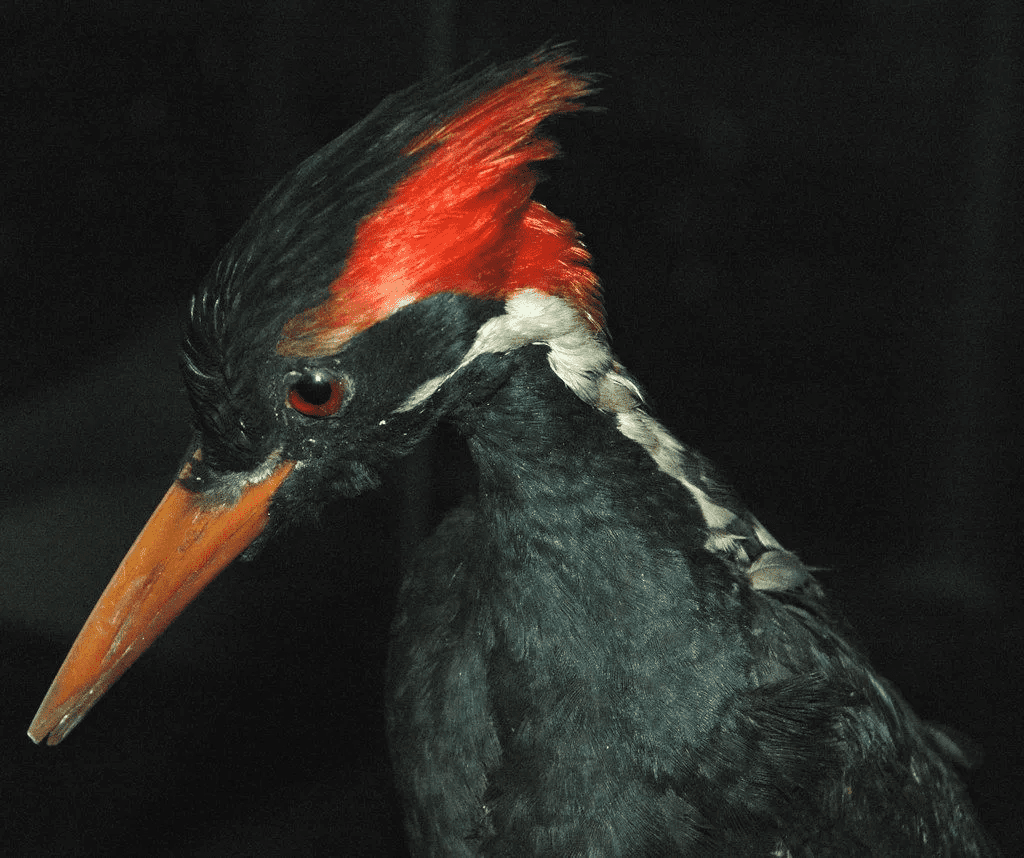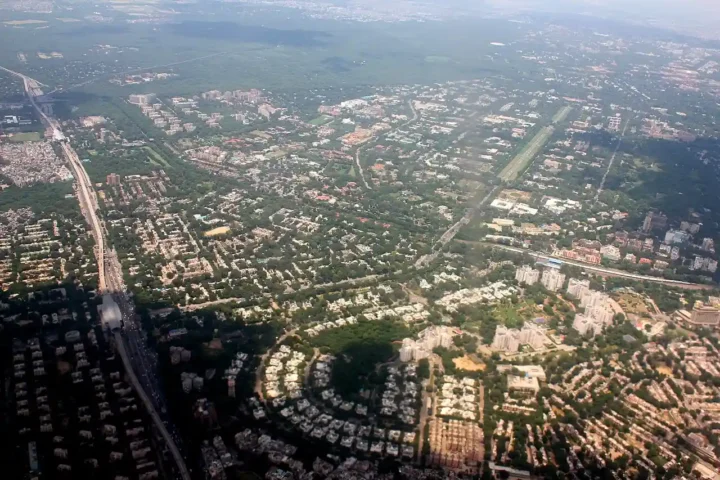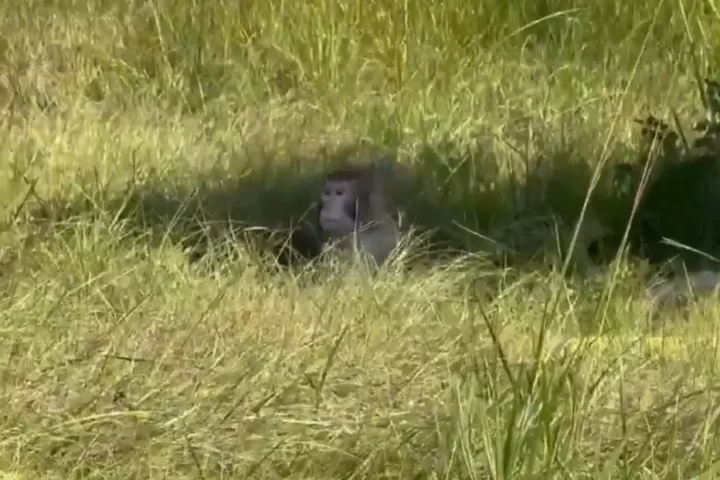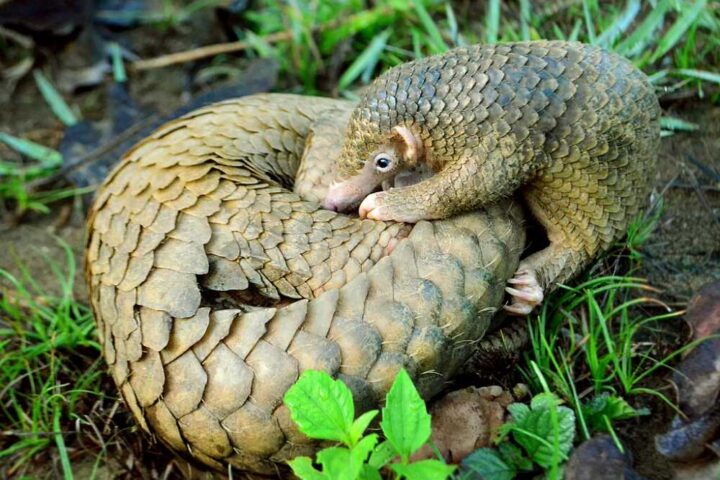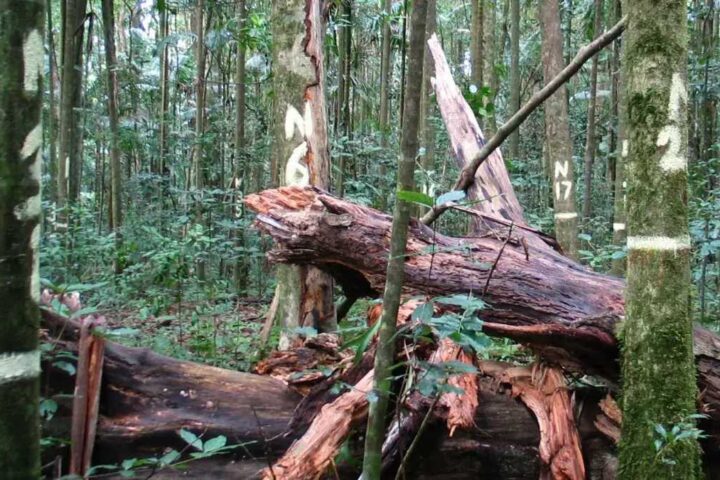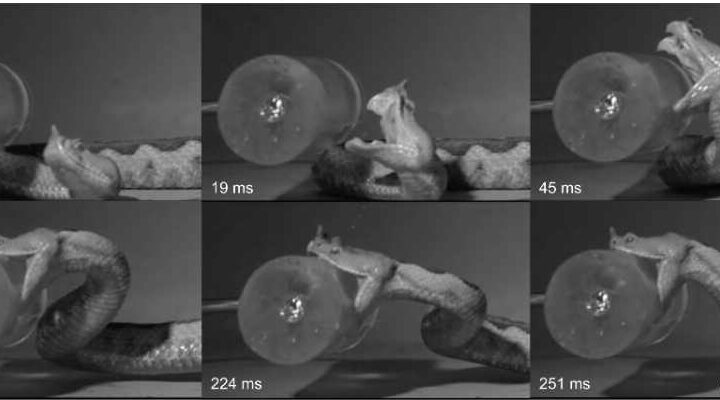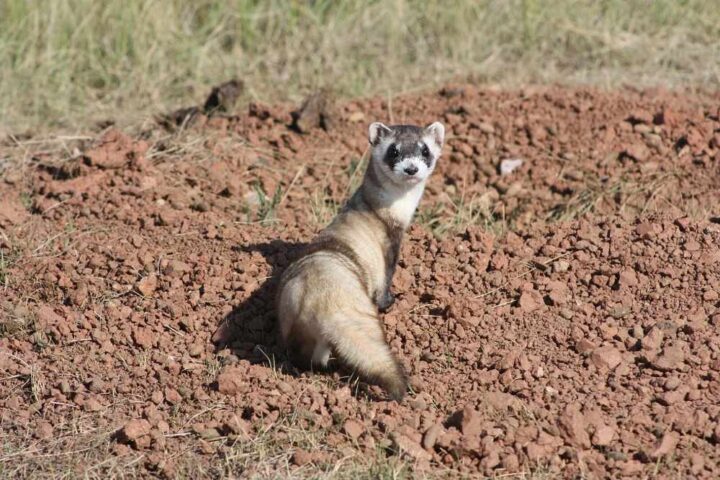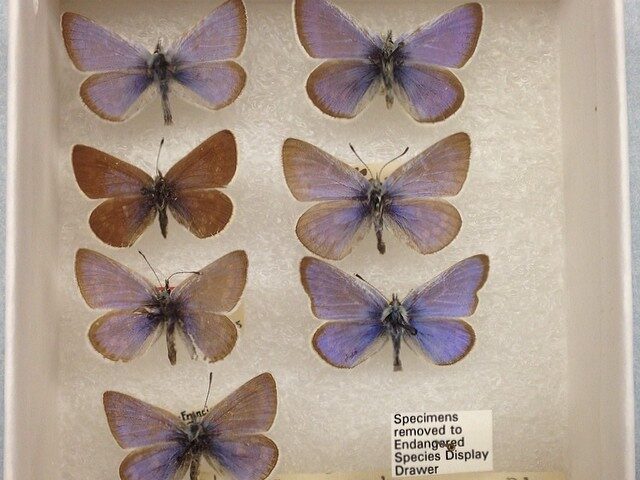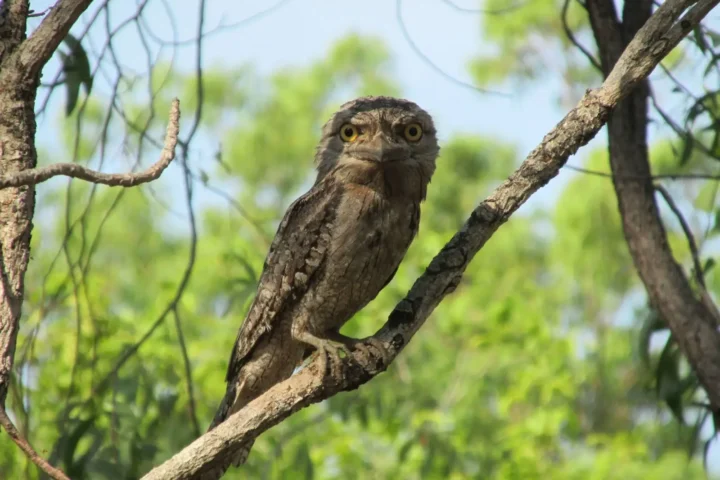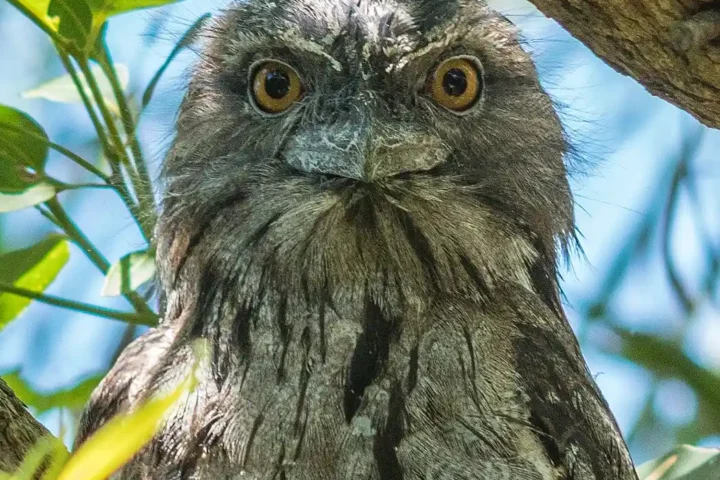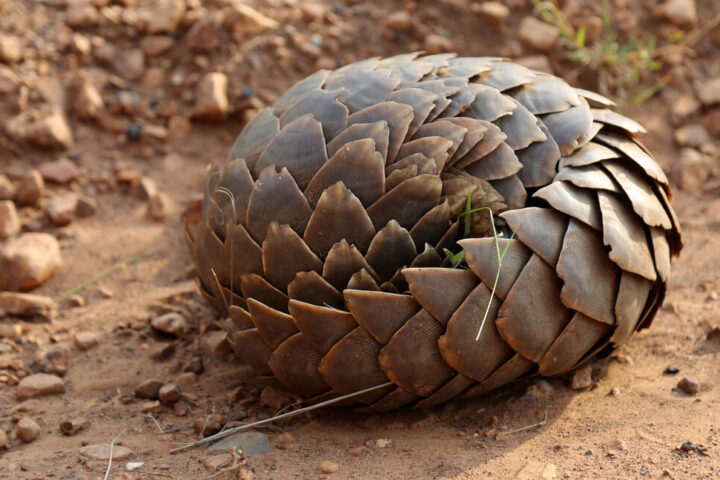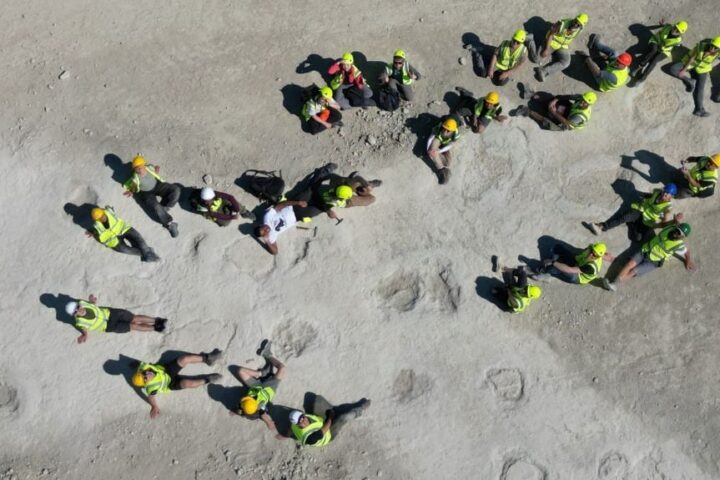A specimen of an ivory-billed woodpecker is displayed at the California Academy of Sciences in San Francisco. New video and photographs claiming to show ivory-billed woodpeckers flying in a Louisiana forest have been published by the researchers.
The government officials will take a final decision on whether the birds will be extinct by the end of the year. Nearly 80 years after the last agreed-upon sightings in Louisiana, tantalizing hints of the potential existence of the large woodpecker are provided by the images captured by drones and trail cameras.
Several experts are believed to have added to prior indications of the survival of the ivory-billed woodpecker. Nicknamed the “Lord God Bird”, the proposal to declare the species extinct is called upon to be abandoned by the government.
Arguing that some footage depicts a different type of woodpecker often mistaken for the ivory-billed, the new research is dismissed as inconclusive by some skeptics. The peer-reviewed research published in the journal Ecology & Evolution is the result of over a decade of searching for woodpeckers at an undisclosed location.
Identified as ivory-billed woodpeckers, birds with distinct black and white coloration are shown in drone video from as recently as October,as included in the research. Given the scarcity of photographs of the birds since the 1930s, the extraordinary nature of the recent photographic evidence is highlighted by Mark Michaels from Project Principals, the sponsor of the work.
The researchers collected audio recordings of the woodpeckers, and the birds were directly encountered, either visually or audibly, by most of the research team. It is hard to miss this bird with a large wingspan of 30 inches and a unique call resembling a bulbous bicycle horn.
Much of which was logged in the early 20th century,the challenging navigation and observation of the bird’s dense woodland habitat are caused by humans. Doubts have not been fully resolved by previous reported sightings over the decades, as “no objective evidence” of the bird’s continued existence was stated by federal officials in 2021.
In order to allow for further public comment, the pending extinction declaration was postponed by the US Fish & Wildlife Service after the release of early results from Project Principals. If all experts can agree on the photos or videos, the evidence will only be considered conclusive by the Wildlife Service.
Although a wildlife service employee is among the research paper’s co-authors, the agency’s views are not necessarily represented by the study. The previous research efforts have involved significant financial investments. According to Cornell University Professor John Fitzpatrick, who participated in a previous search decades ago, the recent videos and photos, combined with earlier sightings, justify abandoning the extinction proposal.
Similar Post
Considering its status as the largest woodpecker in the United States, the moment of joy for endangered species enthusiasts would be the potential rediscovery of the ivory-billed woodpecker. Along with its ecological role in controlling wood-boring beetles, conservation efforts and land purchases in its former habitat have been inspired by the bird’s striking appearance,with a red crest and a distinctive white “saddle” in flight.
Despite the lack of confirmed sightings since 1944, reports of ivory woodpecker sightings and calls persist, including the collection of a feather in the 1960s. Although the paper presents extensive evidence from recordings,camera footage, and drone flights, definitive identification remains challenging due to the cautious flight heights of the drones.
The authors emphasize the conservation management implications of the ivory-billed woodpecker‘s potential survival, not only in Louisiana but also within its historic range. Dr. Michael Collins, a scientist at the Naval Research Laboratory, disputes the authenticity of the footage,claiming it shows piloted woodpeckers rather than ivory-billed woodpeckers due to how sunlight reflects on their wings.
Although the scenario of photographs or films emerging to suggest the survival of a species considered extinct is not uncommon, the outcome holds significant importance in this case. Viewing the current report as just one step in their ongoing work, their determination to continue their efforts is expressed by the authors, regardless of the ruling by the authorities.
